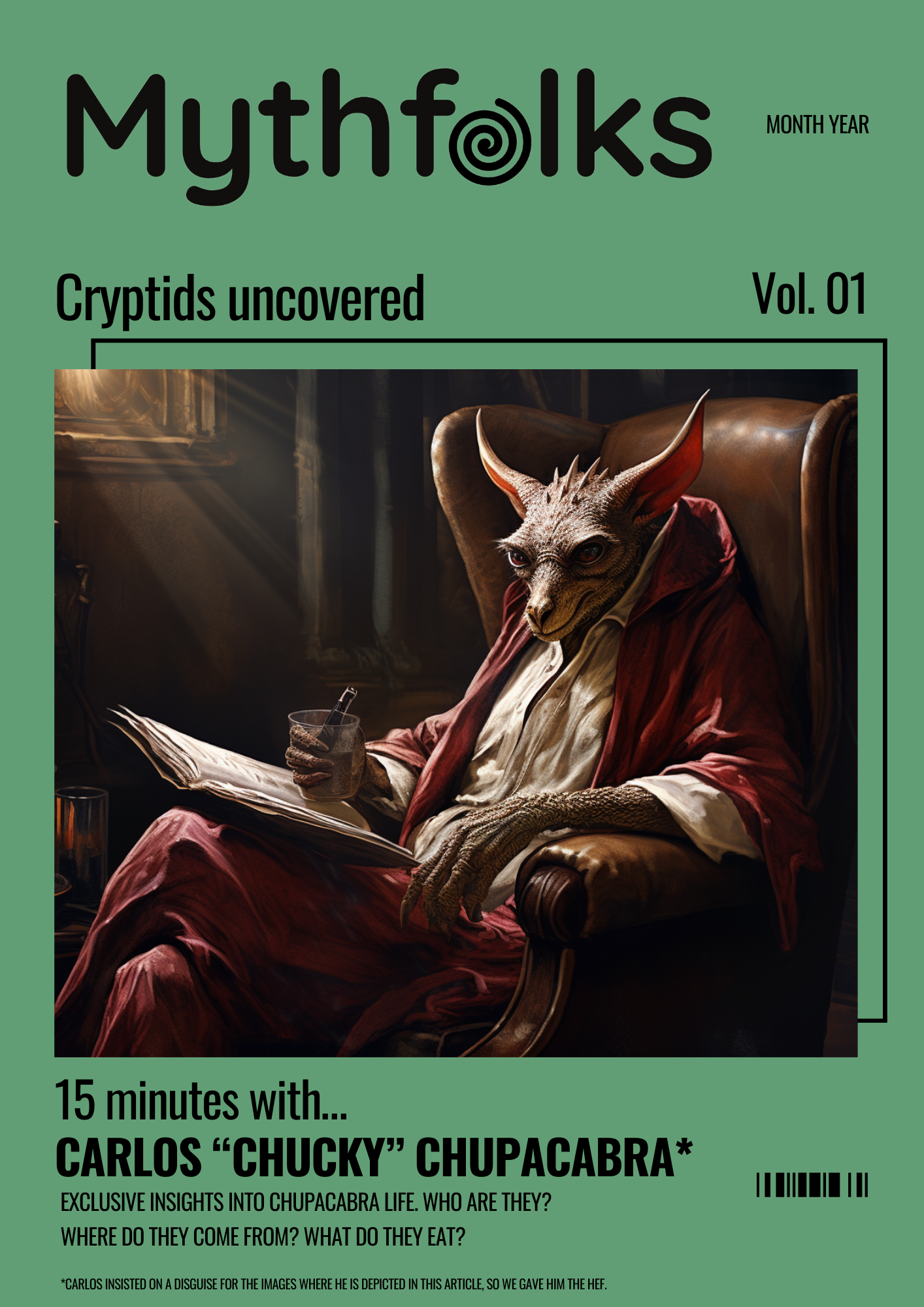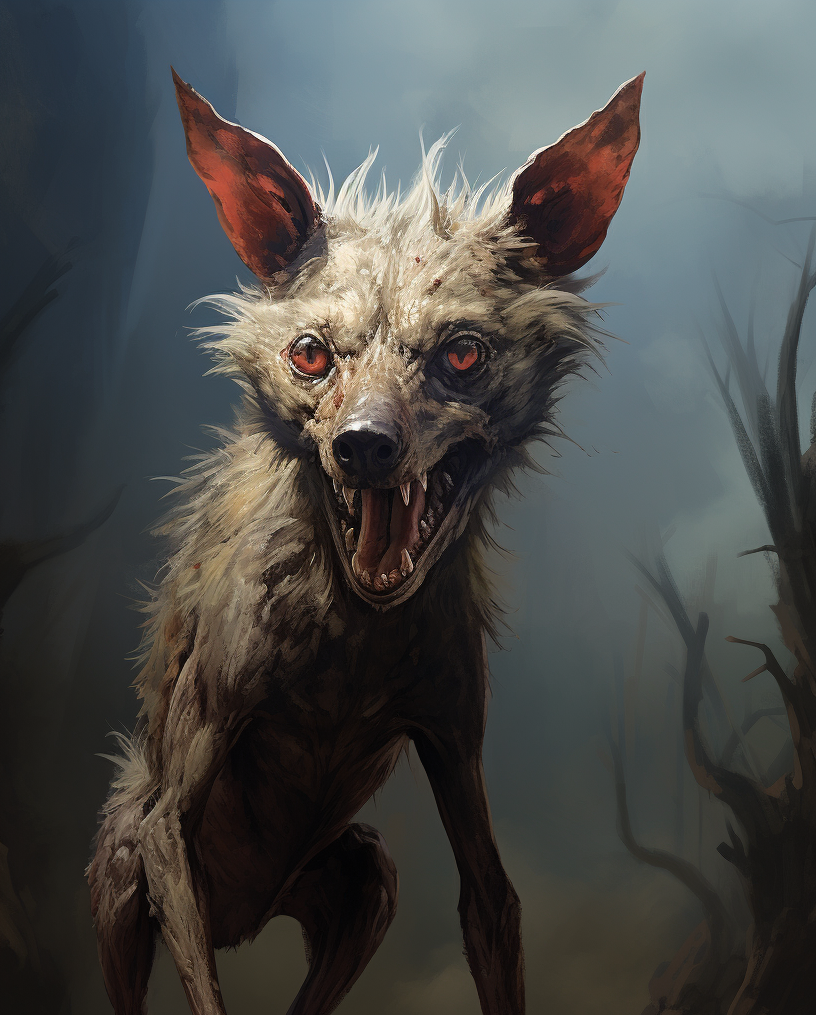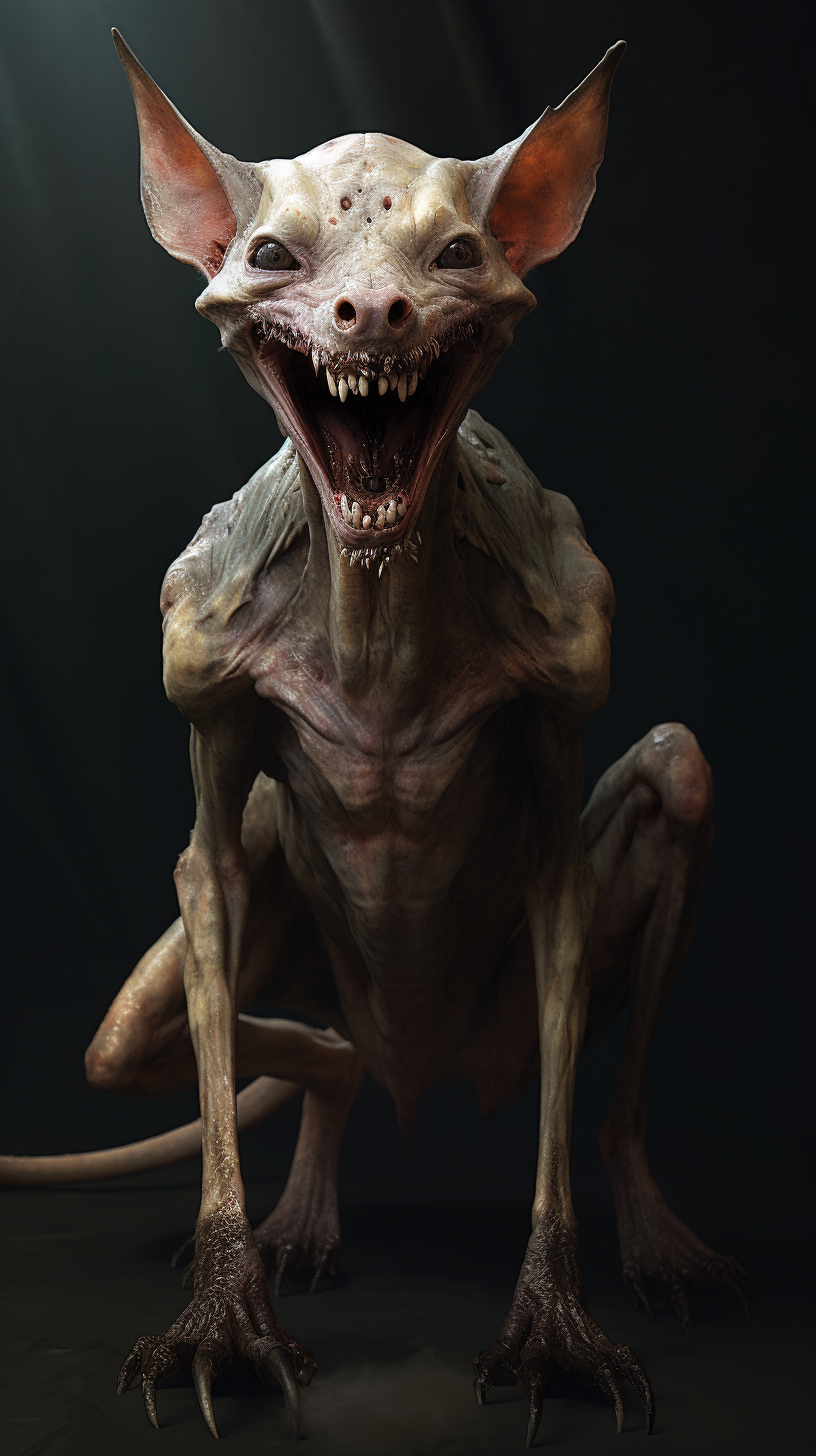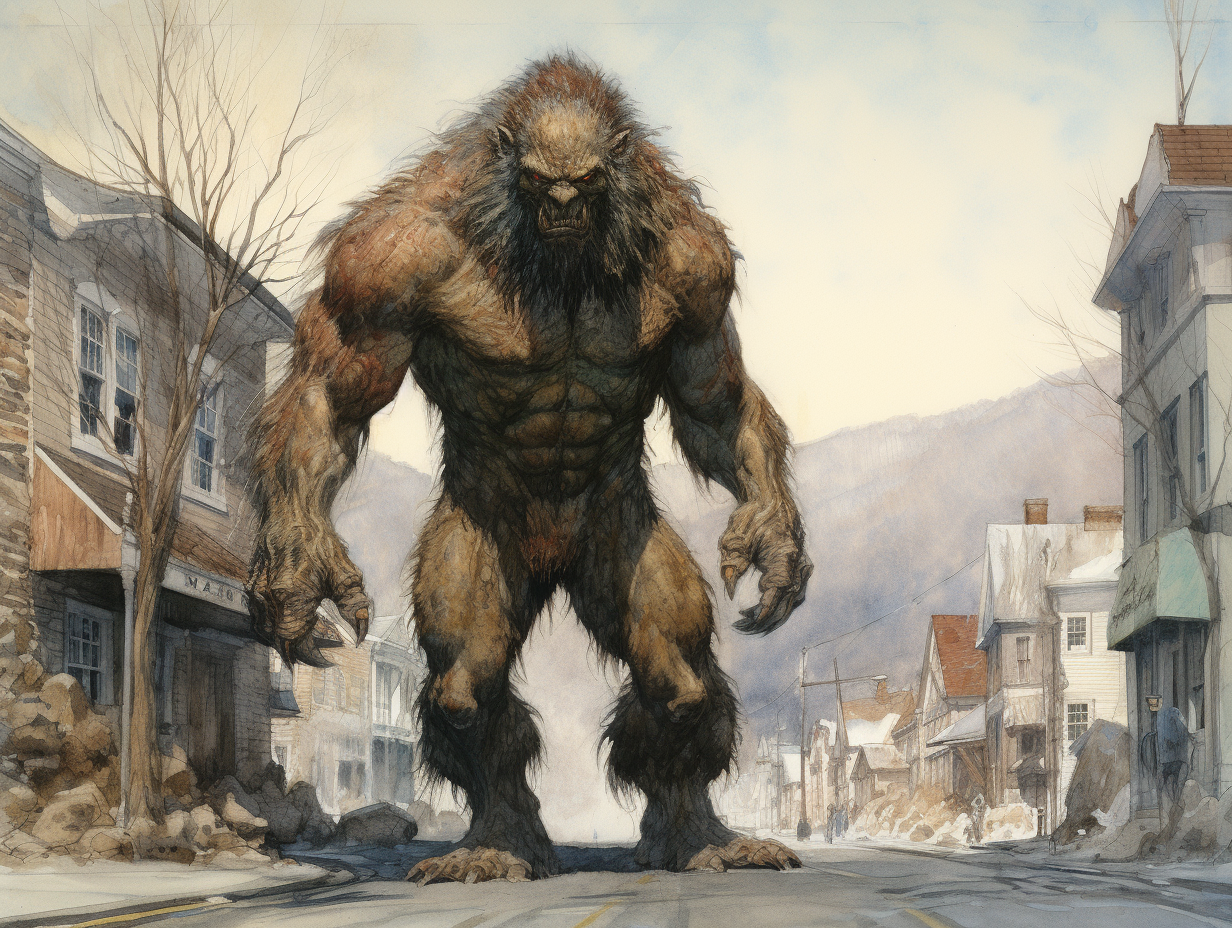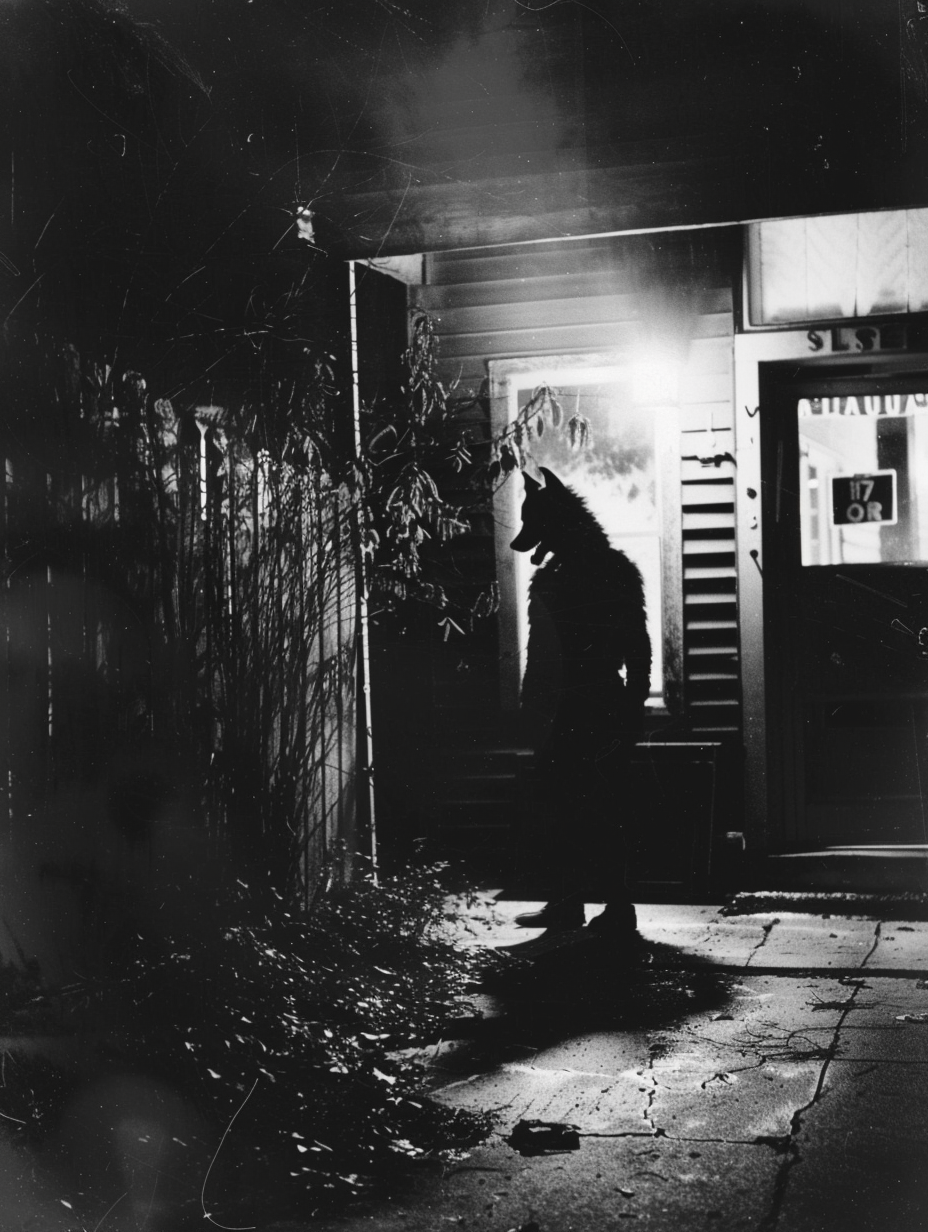The legend of El Chupacabra
As part of my series, "Cryptids uncovered", i'm sitting down with* a Chupacabra old-timer called Carlos.
*Disclaimer - by “sitting down with”, I mean “making up a conversation to tell a story”.
Let’s dive into the fascinating legend of El Chupacabra.
MF: Good evening Carlos. Can I call you Carlos or do you prefer Senor Chupacabra?
CC: Call me Chuck.
MF: Chuck. Chuck Chupacabra. Ok got it. So…Chuck, thank you for sitting down with me today, I appreciate your time. Let’s start at the beginning. Can you please tell the readers of Mythfolks a little bit about who you are and where you come from.
CC: Absolutely, delighted to be here. Well, I'm Chuck Chupacabra, a proud member of the Chupacabra clan. We emerged from the corners of Latin American folklore and originated primarily in Puerto Rican legends.
MF: And you’re a real, living creature, is that right?
CC: Well that is the million-dollar question I guess. Some folks claim they've crossed paths with creatures like me, while others dismiss us as mere legend.
So, let's say I'm real in the hearts of those who believe, and maybe, just maybe, I'm a figment of imagination for the skeptics. Keeps the myth alive, wouldn't you agree?
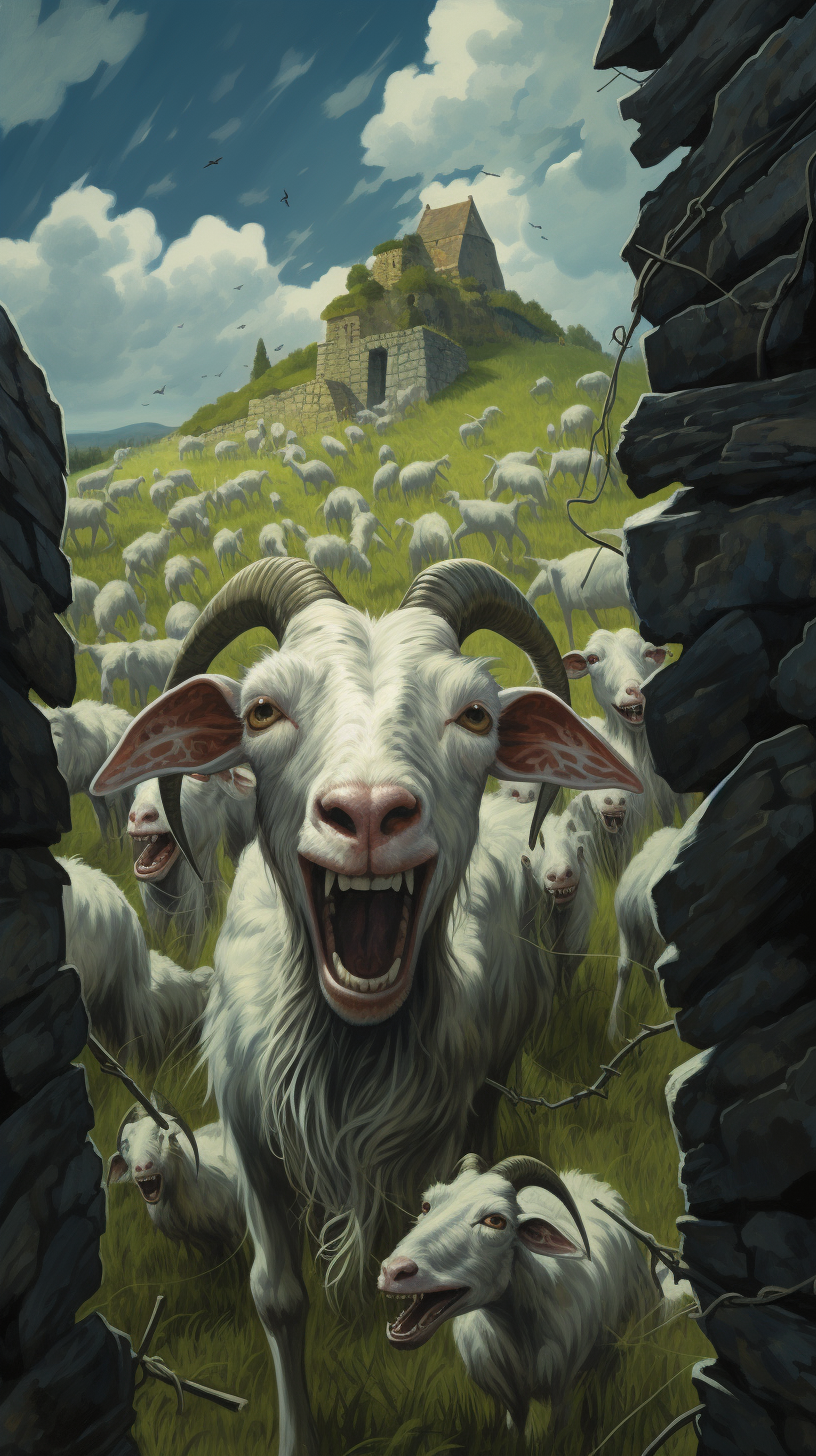
MF: Sure. This skeptic is having a two-way conversation with themselves so let’s keep going. You said that you originated in Latin American folklore. Can you be a bit more specific? When and how did the legend of the Chupacabra evolve?
CC: Well the legend of us Chupacabras really gained traction in the '90s. It started off mostly in Puerto Rico like i said but we gained notoriety in many other South American countries too. Mexico, Chile, Brazil.
MF: Wait a minute, you gained notoriety? For what?
CC: Well, some people claimed we were sipping on the vital juices of livestock, particularly goats. There were a few mysterious livestock deaths. And as Chupacabra means “goat sucker”, they blamed us.
MF: do you think it’s possible that you were given the name after people spotted a mysterious creature near their dead livestock?
CC: [Carlos ponders thoughtfully for many minutes]. Maybe.
MF: Let’s go back a minute. By “vital juices” - you mean you suck and drink goat’s blood, is that the crux of it?
CC: I mean if you want to get all technical about it. But let’s set the record straight. Chupacabras aren’t like some Cryptid vampire with a goat fetish [this editor disagrees].
The reality is, we’ve got a bit of a knack for being spotted near livestock. And sometimes said livestock end up with peculiar puncture wounds. And sometimes they die. But our role…I think It's all a bit exaggerated, you know.
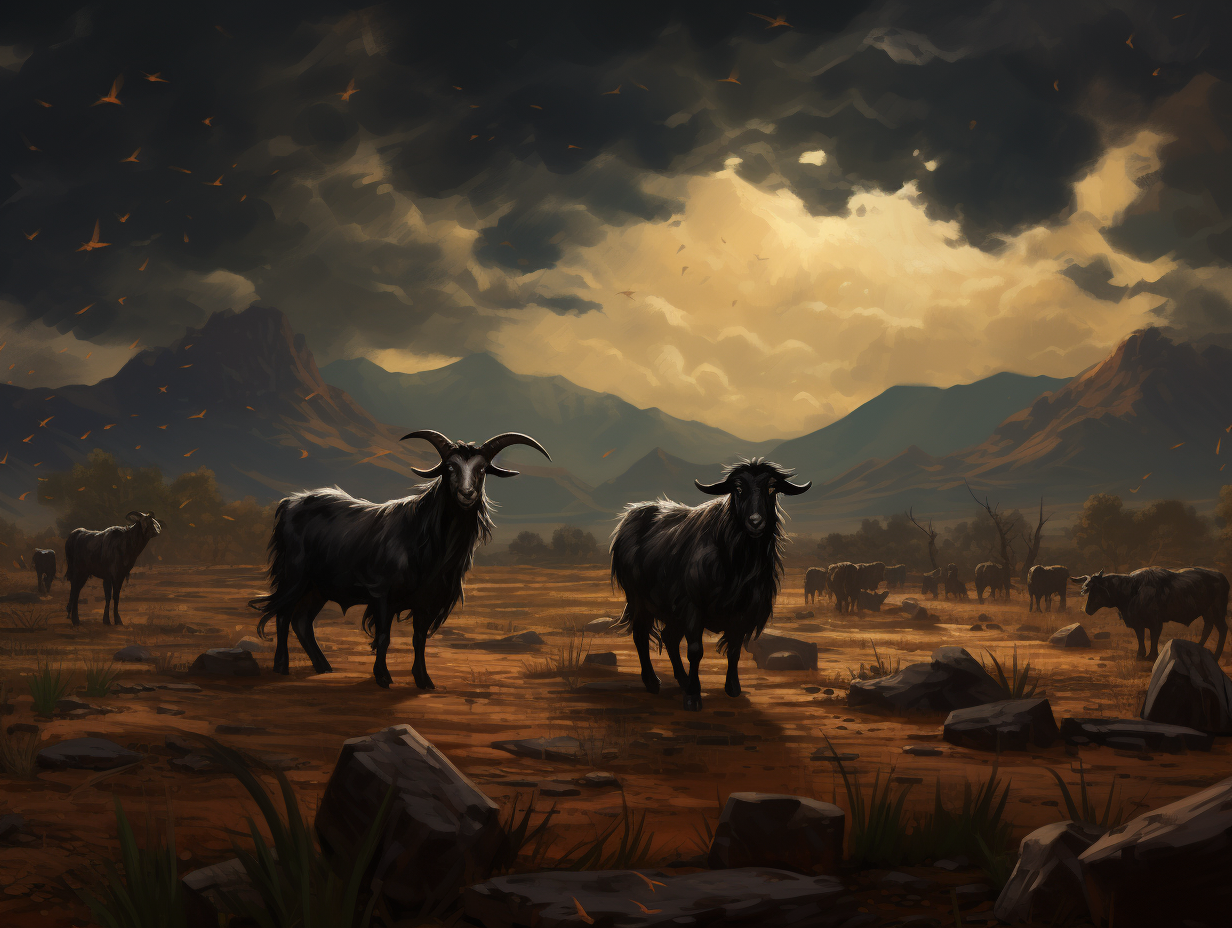
MF: So some scientists are claiming that these incidences of mysterious livestock deaths were actually from rabid dogs. Or other creatures that are…accepted to be real. What’s your take on these people who have tried to discredit you and your existence in this reality?
CC: Stupid skeptics and scientists, always trying to rain on the Chupacabra parade.
You know, those folks who argue that these so-called "Chupacabra attacks" are just the doings of mangy dogs or other earthly culprits. They're the practical bunch, not much room for mythical mischief in their worldview.
But hey, I say let them have their “theories”; it's all in good fun. After all, who wouldn't want to be the talk of the town, even if it's just in the scientific circles? Keeps us Chupacabras on our toes.
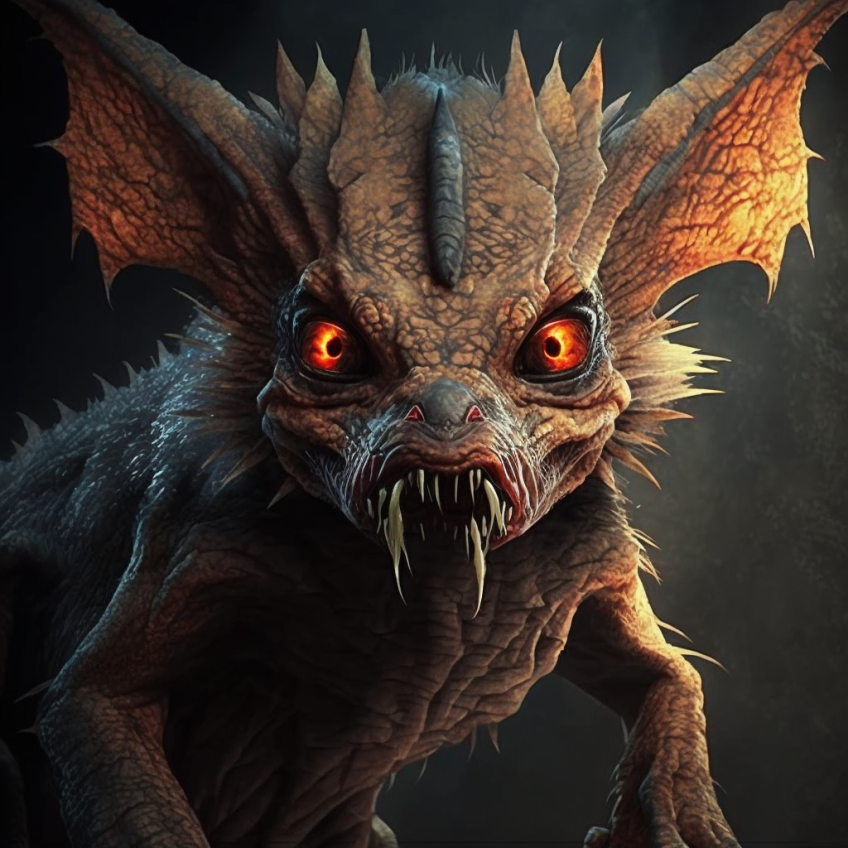
MF: Quite. Let’s move on. We’ve included some depictions of you in this article to give our readers a glimpse of what you look like* (*apparently. Chuck insisted on being depicted in disguise).
Given your extensive knowledge, tell us what a Chupacabra looks like.
CC: Well, I've seen artists take a bit of creative liberty when sketching me, but let me give you the Chupacabra lowdown.
So the original - and some would say the best - the classic chupacabra from the Puerto Rico days was often described as a reptilian creature with leathery skin, spikes along its back and glowing red eyes.
MF: Is that what you are? An original?
CC: Of course.
MF: Ok, so what happened to the look of the chupacabra over time.
CC: well as the legend of the chupacabra moved through countries and possible sightings became more common [I should qualify Chuck’s use of “common” here to mean “not very many”], things evolved.
In regions like Mexico and South America, Chupacabra sightings talked about a creature with a more canine appearance. They often described us as hairless, with a pronounced spinal ridge and fangs.
MF: Lovely. What about in Central America where the mythology started?
CC: In some parts of Central America, Chupacabra was believed to be a shape-shifting entity, capable of transforming into different forms. This variation blurred the lines between the supernatural and the corporeal.
MF: And North America?
CC: Humans in North America started saying the chupacabra looked more alien-like, with greyish skin and big eyes. Obsessed with aliens they are. Obsessed.
MF: You’ve never seen an alien-like chupacabra?
CC: Never. But I have seen E.T. Funny looking b**tard.
MF: Ok moving on. You talked about your history in Central and South America and how the mythology has evolved. Where in North America is one most likely to spot a chupacabra?
CC: Well we Chupacabras do like to keep things interesting, so you might catch a glimpse of us in the southwestern United States, in places like Texas, New Mexico and Arizona.
Deserts, farmlands, maybe even hiding out in a suburban backyard – we're not too picky about our choice of hangouts. Just keep your eyes peeled and your camera ready; you never know when a Chupacabra might decide to make a cameo.
MF: Should humans feel worried if they come across a chupacabra in the wild? Are you prone to attacking us?
CC: Worrying about a Chupacabra encounter might be a bit like fretting over meeting your eccentric neighbor – we're more into our own cryptid business than causing trouble for humans.
I know we've got a bit of a reputation with the goats and all, but rest assured, we're not prone to attacking folks.
If you ever do come across one of us in the wild, just give a nod to the strange and carry on – we're not looking to add humans to our menu.
MF: Ok, I’ve got a few questions from my readers that I’m going to throw your way. Ready? Cassie, 24, from Terlingua asks, “How do chupacabras procreate?”
CC: Stupid question. Next.
MF: I didn’t think it was stup…sorry Cassie. Aaron, 29, Indian Wells, asks “Where does a chupacabra live in day-to-day life?”
CC: Well we’re a bit like the nomads of the cryptid world. We might set up temporary lairs in desert areas or lurk around the outskirts of farmlands. With the human population growing exponentially, we’ve started occasionally creeping into suburban neighborhoods with big backyards.
MF: T.J, 19, San Antonio, “Do you sleep overnight like the rest of us?”
CC: Not at all, we’re nocturnal creatures. It means we like being out and about at night. While you humans are all tucked away in your beds, we're off exploring the mysteries that the darkness conceals.
MF: Scott, 45, Nashville, “Besides goat blood, what else do Chupacabras eat and drink?”
CC: Well it's a bit more diverse than the tales of goat blood might suggest. While we do have a taste for the unconventional, our palate extends to a cryptid buffet of sorts. Picture us nibbling on small mammals. And maybe sampling some local fauna. We're not picky eaters; we like to keep things interesting, savouring the flavours of the night in our own cryptid way.
MF: Do chupacabras like hummus?
CC: Huh? What’s a hummus?
MF: It’s a dip made with chickpeas and…
CC: I’m going to stop you right there. Sounds awful. Sounds like a human thing. No, we don’t like hummers.
MF: Humm-us…
CC: Meh whatever. Next.
MF: Last reader question. Maddie, 30, Miami, “What’s the funniest thing you’ve heard a human say or seen them write about Chupacabras?”
CC: I once stumbled upon a tale where someone was convinced we Chupacabras were just misunderstood hairless kangaroos on a late-night tequila binge. Now, that's creative, don't you think? The lengths people go to decipher our cryptic existence – it's almost as entertaining as our own shadowy escapades.
MF: I like that explanation a lot. Do you remember who that was?
CC: The memory gets a bit fuzzy in the cryptid world. Unfortunately, I can't recall the specific storyteller of that particular tale. But they should get in touch with you for credit if they read this (hello@mythfolks.com).

MF: And last question from me. The Chupacabra has become a part of contemporary pop culture and makes appearances in many movies, TV, books and video games. What are your thoughts on how the Chupacabra is portrayed in the media?
CC: I think the portrayals range from eerily accurate to whimsical. In some corners of pop culture, I find myself depicted as a mysterious force, a creature that embodies the enigma of the night. They’re my favourite portrayals.
In others, well, there's a touch too much comedy attached for my liking. We’re not here to be laughed at.
MF: Understood. So do y…
CC: Did you know I consulted on the X Files?
MF: Sorry, what?
CC: I consulted. On the X Files. The season 3 episode “El Mundo Gira”. [Despite hailing from South America, Chuck’s Spanish accent is shockingly poor].
The whispers of Hollywood were beckoning to Carlos Chupacabra that day! Can you picture me, sharing insights on the nuances of my family, adding a real touch of authenticity to Mulder and Scully's pursuit of the unknown?
MF: No, I actually can’t…Aaand That’s a wrap. Thanks Chucky for your time today, it was a pleasure. I hope you enjoy the final article!*
CC: The pleasure was all mine! If you ever find yourself in need of more
cryptid tales or some Chupacabra wisdom, you know where to find me. Until then, stay curious and may the shadows be forever in your favour.
More cryptid stories
More fascinating creature stories.
What is Bigfoot?
A figment of the imagination? Or a misunderstood beast? And is the plural of Bigfoot, Bigfeet? Find out.
The Grafton Monster
Never heard of it? Find out what's lurking around down in West Virginia...
Michigan Dogman
Is it a man? Is it a dog? Just what's going on down in Michigan state....


